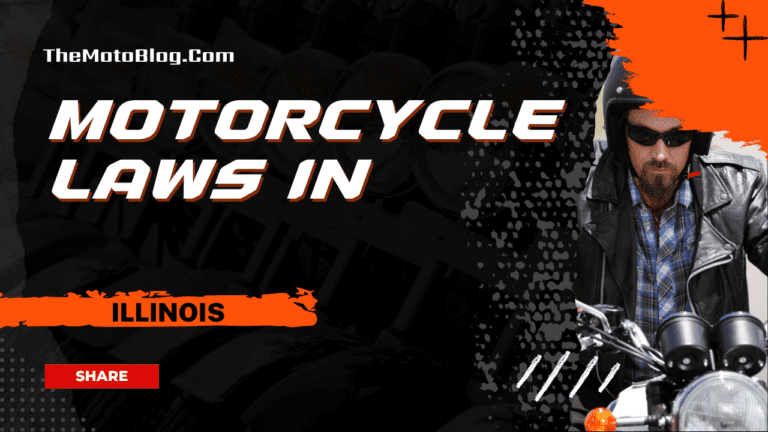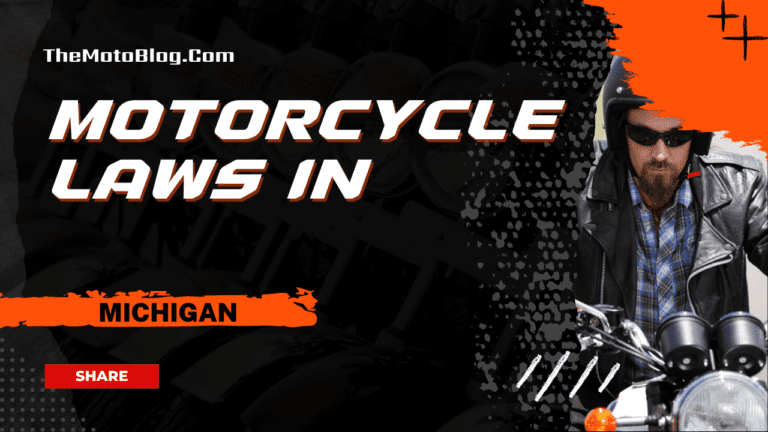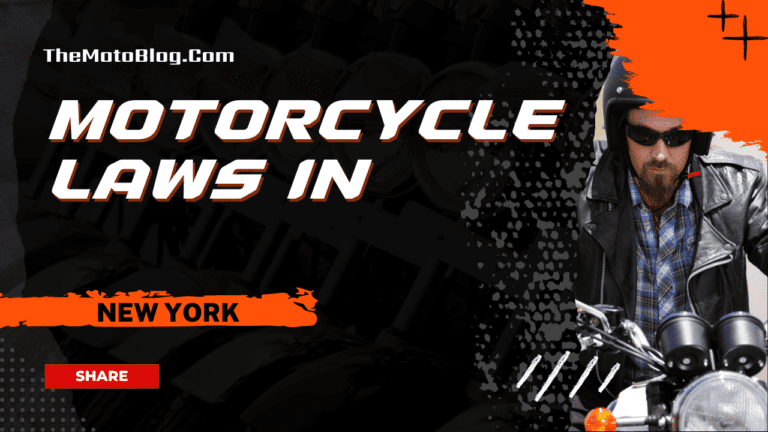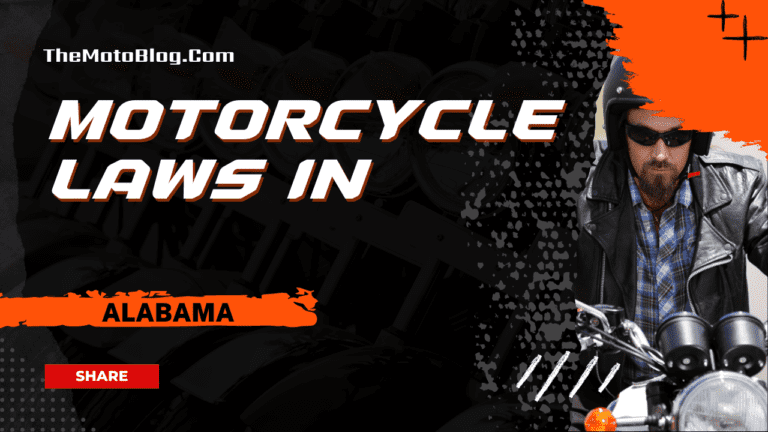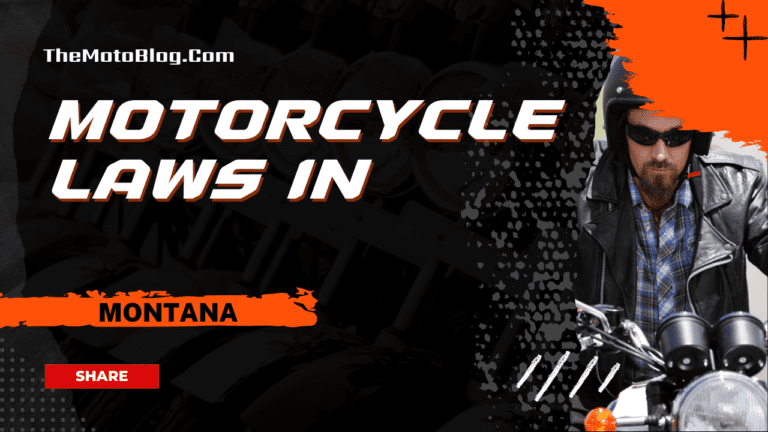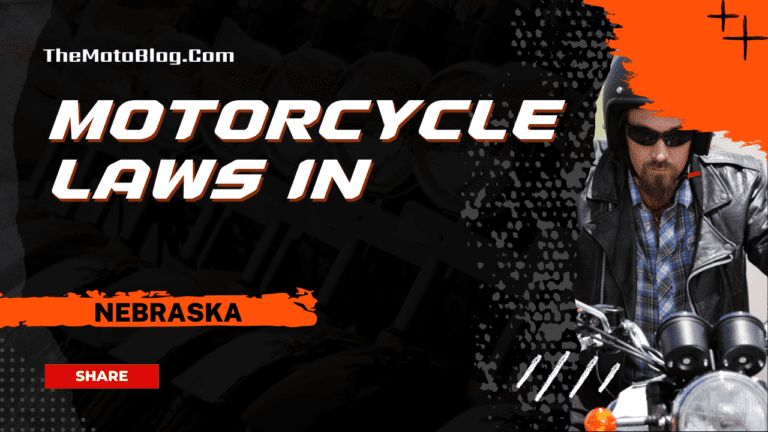Motorcycle Laws in Maryland: A Comprehensive Guide for Riders
Maryland’s motorcycle laws strike a balance between rider freedom and public safety, establishing comprehensive regulations for both novice and experienced motorcyclists. Situated between Virginia’s motorcycle routes and Pennsylvania’s winding roads, Maryland riders frequently cross state lines and must navigate varying regulations. While sharing many similarities with Delaware’s motorcycle requirements and West Virginia’s riding standards, Maryland maintains its own distinct set of rules and regulations designed to ensure rider safety and road compliance.
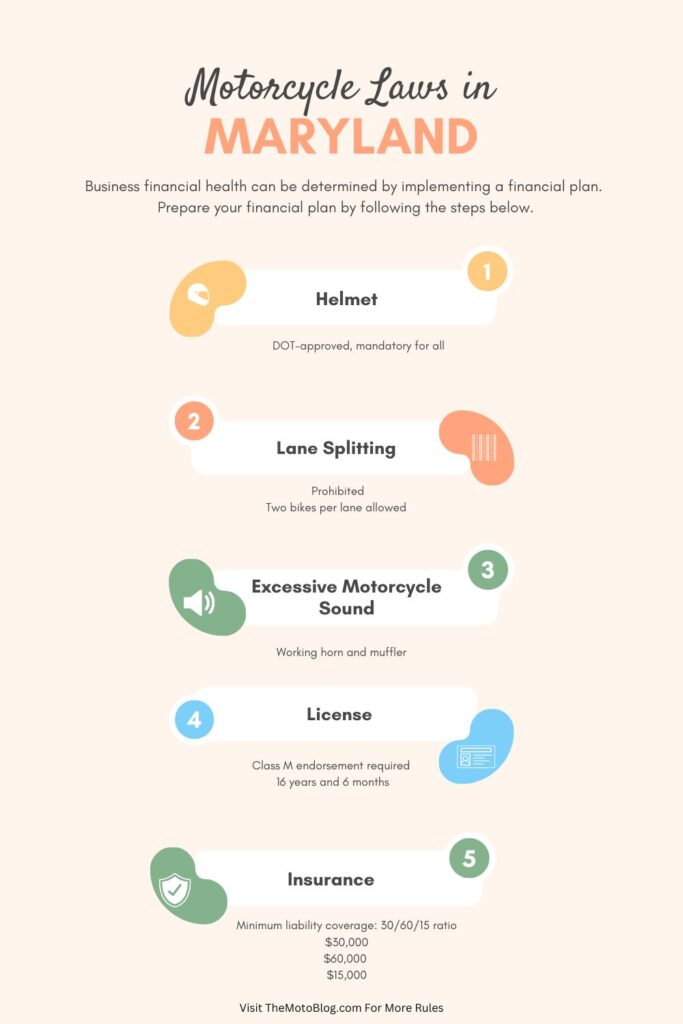
| Requirement | Specification |
|---|---|
| Minimum Age | 16 years and 6 months |
| License Type | Class M License |
| Helmet Law | DOT-approved, mandatory for all |
| Eye Protection | Required (unless windshield equipped) |
| Insurance Minimums | $30,000/$60,000/$15,000 |
| Lane Splitting | Prohibited |
| Group Riding | Two bikes per lane allowed |
| Handlebar Height | Maximum 15 inches above seat |
| Mirrors | Two required (7 sq. inches each) |
| Passenger Requirements | Separate seat and footrests |
| Headlight Use | Required at all times |
| Turn Signals | Required |
| Brake Lights | Required |
| License Plate Light | Required (white) |
| Insurance Documentation | Must carry proof |
| Safety Course | Required for under-18 riders |
| Learner’s Permit | Valid 6 months (one renewal) |
| Protective Gear | Long pants, sleeves, boots required |
| PIP Coverage | Minimum $2,500 |
| Uninsured Coverage | Must match liability limits |
Licensing Requirements in Maryland
To legally operate a motorcycle in Maryland, riders must obtain a Class M license. The minimum age requirement is 16 years and 6 months. New riders must complete a comprehensive driver education course if they haven’t done so previously, followed by both written and road tests.
Education and Testing
- Driver education course completion
- Written test covering road rules and safety
- Road test demonstrating riding proficiency
- Mandatory Motorcycle Safety Program for under-18 riders
Documentation Requirements
- Valid Maryland driver’s license or learner’s permit
- Proof of Maryland residency
- Instructional permit valid for 6 months (renewable once)
Safety Equipment Requirements
Maryland maintains strict safety equipment laws to protect riders. The state enforces a universal helmet law requiring DOT-approved helmets for all riders and passengers.
Required Safety Gear
- DOT-certified helmet meeting FMVSS 218 standards
- Eye protection (unless motorcycle has windshield)
- Long pants made of durable material
- Long-sleeved jacket or shirt
- Over-the-ankle footwear
Operating Rules and Regulations
Maryland’s operating regulations focus on rider safety and traffic management. Notable rules include:
Lane Usage and Positioning
- Must follow standard vehicle lane rules
- Lane splitting is prohibited
- Two motorcycles may share a single lane (group riding)
Equipment Specifications
- Maximum handlebar height: 15 inches above seat
- Two rearview mirrors (minimum 7 square inches each)
- Mandatory footrests for both operator and passenger
Insurance Requirements
Maryland requires comprehensive insurance coverage for motorcyclists:
Minimum Coverage Requirements
- $30,000 per person (bodily injury)
- $60,000 per accident (bodily injury)
- $15,000 property damage
- Matching uninsured motorist coverage
- Minimum $2,500 Personal Injury Protection
Vehicle and Equipment Standards
All motorcycles must maintain specific equipment requirements:
- Dual braking system
- Functional headlight
- Red rear light and brake light
- White license plate light
- Horn
- Two mirrors
Registration and Documentation
Proper registration and documentation must be maintained:
- Valid registration papers
- License plate display requirements
- Current insurance documentation
Understanding and following Maryland’s motorcycle laws is essential for both safety and legal compliance. These regulations reflect the state’s commitment to protecting riders while maintaining the freedom to enjoy Maryland’s diverse riding landscape. For those planning multi-state adventures, it’s worth noting that while these laws align closely with Virginia’s motorcycle regulations and Pennsylvania’s riding requirements, some variations exist when crossing into Delaware or West Virginia. By staying informed and compliant with these regulations, riders can focus on enjoying the open road while ensuring their safety and legal standing in the state.
Motorcycle Laws in the US By States
If you liked this article, then please subscribe to our YouTube Channel for more Bike Videos. You can also find us on Instagram, Twitter and Facebook.
Disclosure: As an Amazon Associate, I earn from qualifying purchases. Read more about Amazon Affiliate Disclaimer.

Vishwanath Mathpati
I am Vishwanath Mathpati, a full-time Blogger and Motorcyclist from Bidar, Karnataka. I love writing about my Motorcycles Stories and Riding Gears on this blog.
Know More About Me.


